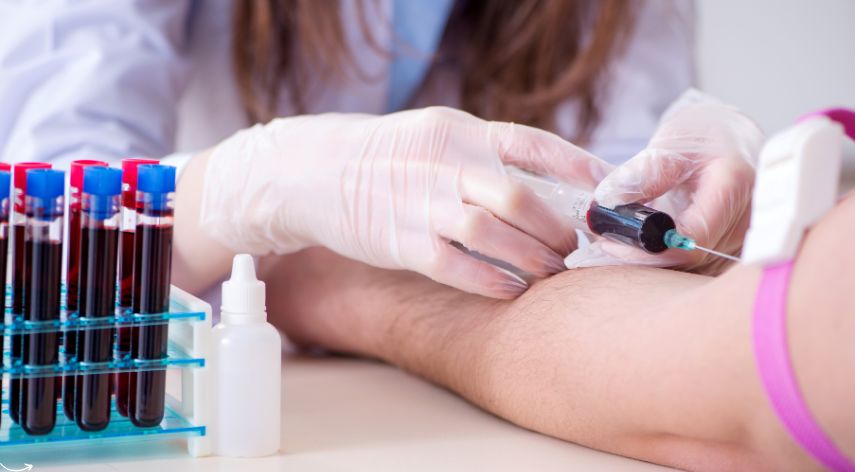Blood Clot vs Bruise: What Are the Differences?

Blood can seep out of our veins for many reasons. It can be an injury, getting sick, cancer, or even getting old. Sometimes these spots of seepage merge, creating a clotted mass.
It can be hard to tell what is a bruise and a blood clot to the untrained eye. And if not treated immediately, clots from bruises are a problem. So there are a few essential things you need to know if you want to prevent a potentially catastrophic experience.
But what is the difference between a blood clot vs bruise anyway? Keep reading to find out how to spot the early symptoms and keep your health in check.
Table of Contents
ToggleBlood Clot vs Bruises in a Nutshell
Bruises form when small blood vessels under the skin tear or break. The blood from these vessels leaks into tissues and causes a black-and-blue color. As bruises heal, they often turn colors, including yellow, green, and brown, and the body reabsorbs the blood over time.
Now, what is a blood clot? First, a blood clot will usually cause more swelling than a bruise. Also, it is usually harder to the touch than a bruise.
A blood clot will often cause the skin to turn white or pale, whereas a bruise will usually cause the skin to turn a darker color. If you press on a bruise, the color will change, but the color will stay the same if you have a blood clot. It is vital that their differences are noted and understood so that proper medical treatment can be sought when necessary.
Blood clots can also occur on their own, without a bruise. If you have a bruise that is painful, tender, or large, or if you have any concerns, you should see your doctor.
Can Blood Clots and Bruises Be Prevented?
Avoid sitting or standing for long periods. If you must sit or stand for long periods, try to move around every few minutes to keep the blood flowing. Always wear loose-fitting clothes and avoid constrictive clothing or jewelry.
Maintain a healthy weight and diet to keep your circulation strong. Finally, if you take any blood thinners or have a medical condition that puts you at risk for blood clots or bruises, talk to your doctor about what steps you can take to prevent them. If you are looking for an extensive guide on avoiding clots after surgeries – such as knee surgery – you can check it out here.
What Should I Do If My Bruise Becomes a Blood Clot?
If a person has a bruise that is large, painful, and lasts for more than two weeks, it may be a blood clot. Blood clots can occur anywhere in the body, but they are most common in the legs.
If a blood clot forms in the leg, it is called deep vein thrombosis (DVT). A DVT can be dangerous because it can break loose and travel to the lungs, causing a pulmonary embolism, a life-threatening condition.
Take Care of Your Body Against Unwanted Clotting
Bruises and blood clots may appear similar on the surface but are pretty different. Although both disorders can be dangerous, it is vital to understand the difference between a blood clot vs bruises to manage your health better. If you suspect you may have a blood clot, it is essential to seek medical attention immediately.
Did you enjoy this article? Check out our blogs for the latest information and advice to never miss out!
Alice Christina, a seasoned health writer, combines her passion for wellness with a strong foundation in evidence-based research. She crafts insightful content that empowers readers to make informed health decisions. Alice's expertise shines through her concise and reliable health articles.
Recommended For You
Spread the loveIf you’ve recently had a blood test and noticed ‘eGFR’ on your report, here’s everything you need to
Spread the loveGastroshiza is a rare but serious birth defect that affects the abdominal wall of a developing fetus. While
Spread the loveHealth screening is a vital part of preventive healthcare which plays a crucial role in the maintenance of
Browse by Category
- Travel
- Technology & Gadgets
- Sports & Games
- Software
- Shopping
- Reviews
- Real Estate
- Numerology
- News
- Make Money
- Lifestyle
- Law
- Home Improvement
- Health
- Gardening
- Games
- Finance
- Entertainment
- Education
- Digital Marketing
- Diet and Fitness
- Dating
- Construction
- Celebrity
- Career and Jobs
- Business
- blog
- Angel Number





